What Gave Bangalore-based Specialist Gave Cursetjee The Idea Of Converting The Herald To The Cobra?
Images: Gave Cursetjee
For the Indian automobile industry, 1951 was the landmark year when the Industries (Development and Regulation) Act was instituted. The Act required an entrepreneur to get a licence to set up a new unit, to expand it, or to change the product mix.
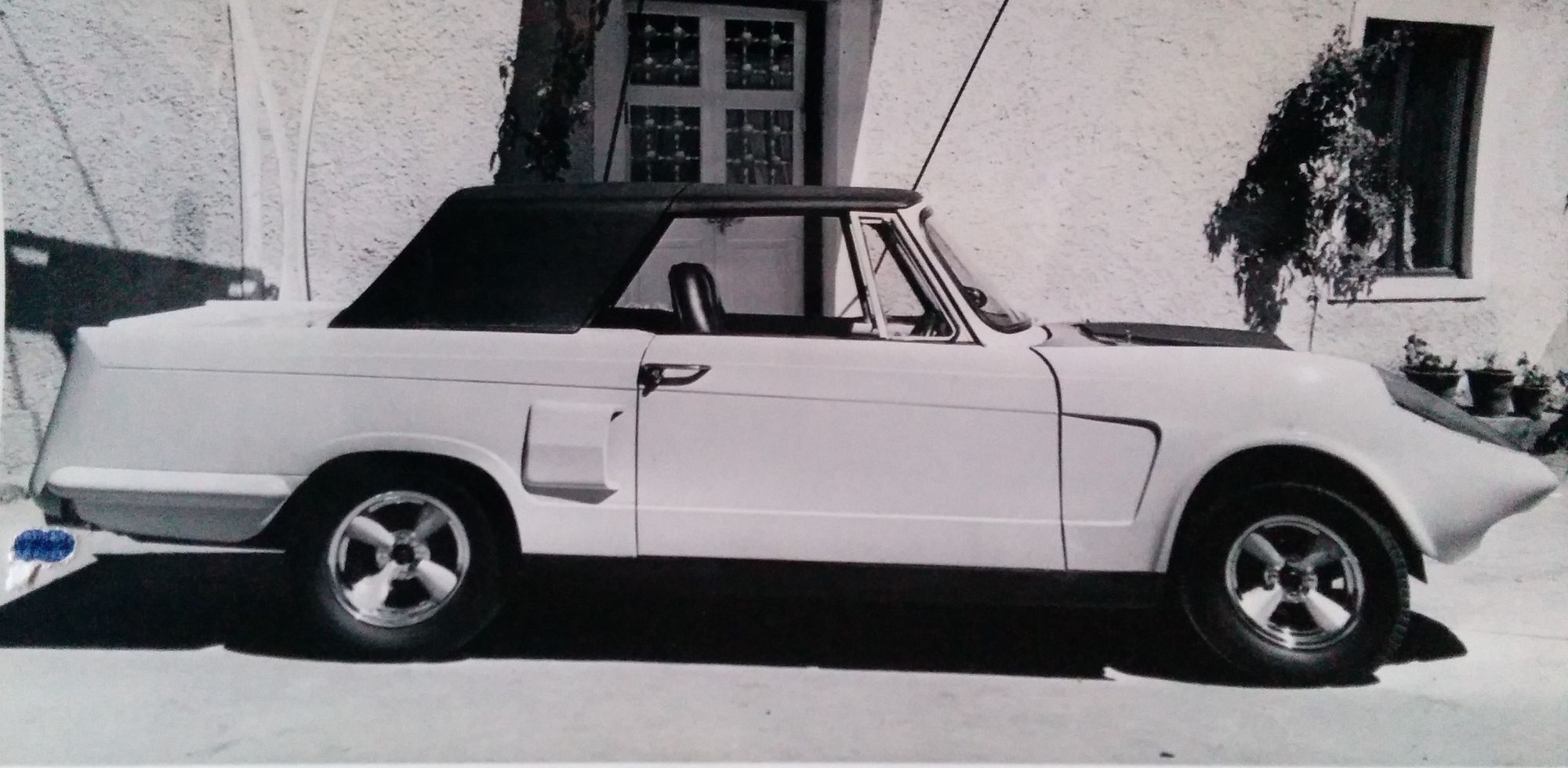
The purpose of this system of licensing was to create a planned pattern of investment, to minimise resource waste, to counteract monopolies and the concentration of wealth, and to maintain regional balances. All very good intentions, but then good intentions are one thing and execution (specifically in India) is another.

By 1954, when the Indian marketplace was capable of barely absorbing 20,000 cars per year, there were as many as 60-odd models on offer; most of which were imported either as completely built-up cars, or by an assembly-operation of knocked down kits, imported from licensees in Europe, the UK, or the US. Obviously, with competition from imported vehicles, the fledgling auto industry would not have survived.

The import of automobiles and components was also a serious drain on foreign exchange. With self-sufficiency as the mantra of Prime Minister Jawaharlal Nehru and his government, the powers-that-be decided in 1954 that high import tariff for automobiles and components was necessary to support localisation and growth of the automobile industry. Consequently, both General Motors and Ford stopped their assembly operations that year.

Thus, by the beginning of the 1960s—by the year 1962 specifically—the choice of cars that any Indian could legally buy in India was reduced to just three: the Hindustan Ambassador, the Fiat 1100 Super Select, and the recently launched Standard Herald. Where the Ambassador and the Fiat were classical three-box four-door sedans, the Standard Herald was unusual in being a two-door four-seater.

Interestingly, Madras-based Standard Motors advertised and offered a convertible version of the Standard Herald. Whether any were ‘made’ by the factory is not known, as all the convertible Heralds extant in India are either English-built ones or ones that have been converted from the Indian-assembled hardtop version to the convertible (through the relatively easy task of removing the top).

It was the possibility of removing the top that gave Bangalore-based fibreglass specialist, Gave Cursetjee the idea of creating a ‘sports coupe’ out of the Herald. Styled by Italian design legend Giovanni Michelotti, the Herald was like a jigsaw puzzle, with entire sections that could come off. Cursetjee developed a design in which fibreglass panels replaced several body sections of the Standard Herald. The resulting coupe was branded as the Cobra.

Cursetjee removed the front end, as well as the greenhouse of the car, the roof with the side and rear windows, and the boot. Taking these sections off, he replaced them with fastback coupe-style sections in fibreglass, and voila! The run-of-the-mill Herald metamorphosed into an attractive, sporty-looking exotic coupe, with the front end looking a lot like one of the ‘characters’ from the animated movie Cars, albeit with a slightly shark-like snout.

Cursetjee made several of these coupes as turnkey projects. The client needed to take a Standard Herald to Cursetjee, and the latter transformed it into the sporty looking Cobra. He also supplied the kits, from which his distributors in other cities remade a few Heralds. Famous collector (the late) Ramesh Thakker, from Pune, re-bodied as many as five Heralds.

As many as 36 of these Herald-based Cobra coupes were fabricated by Cursetjee and his distributors during the 1970s. The Cobra, at the end of the day, was essentially a kit car custom job, a bespoke modification made to a regular series production car, with each piece personalized to address the requirements and specifications of the client.
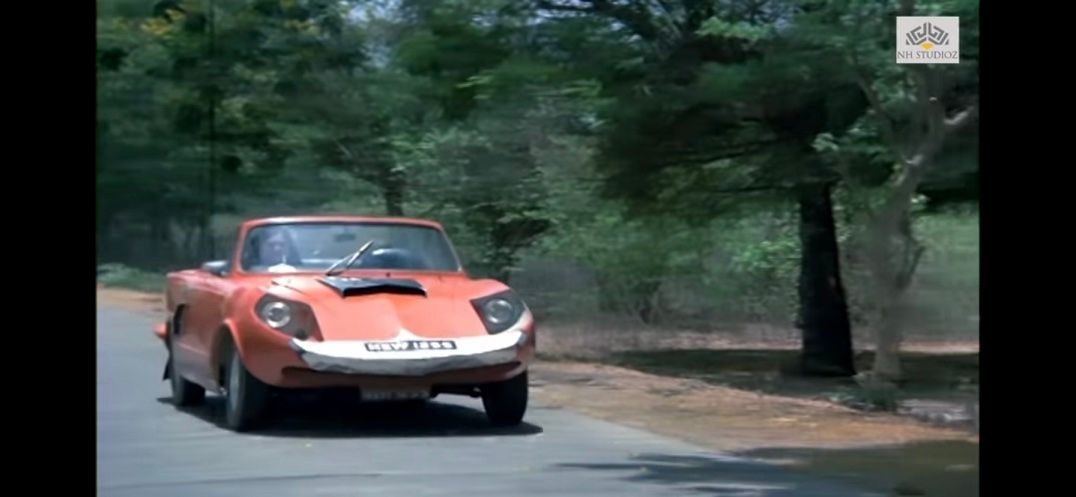
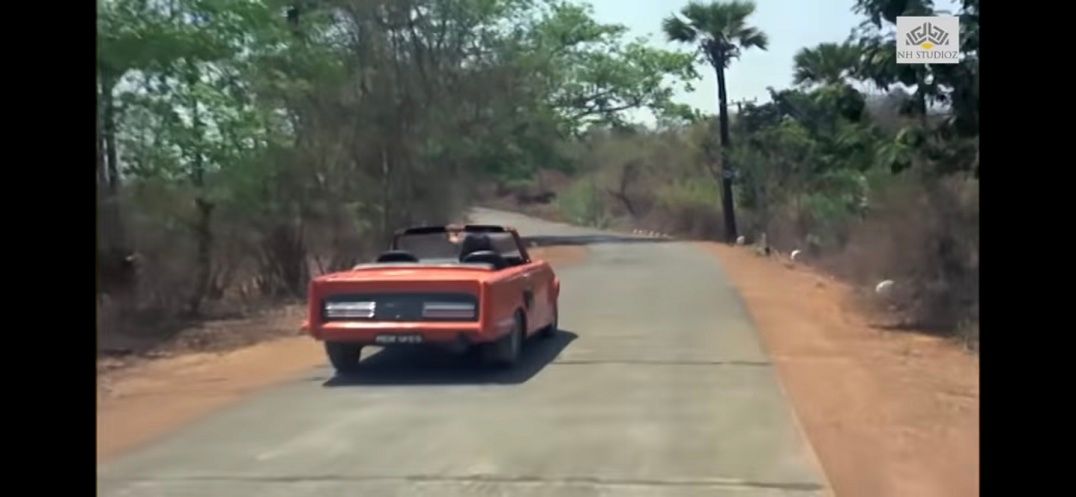
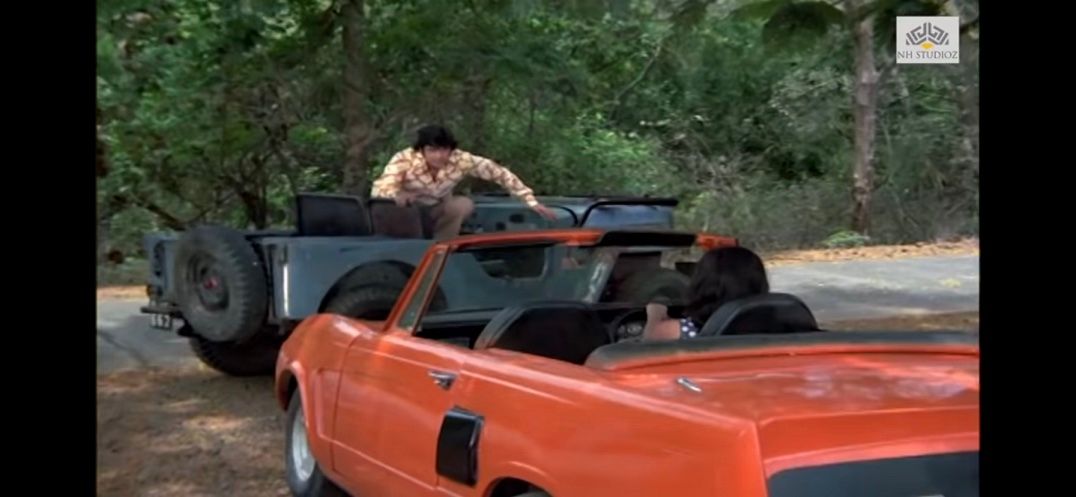
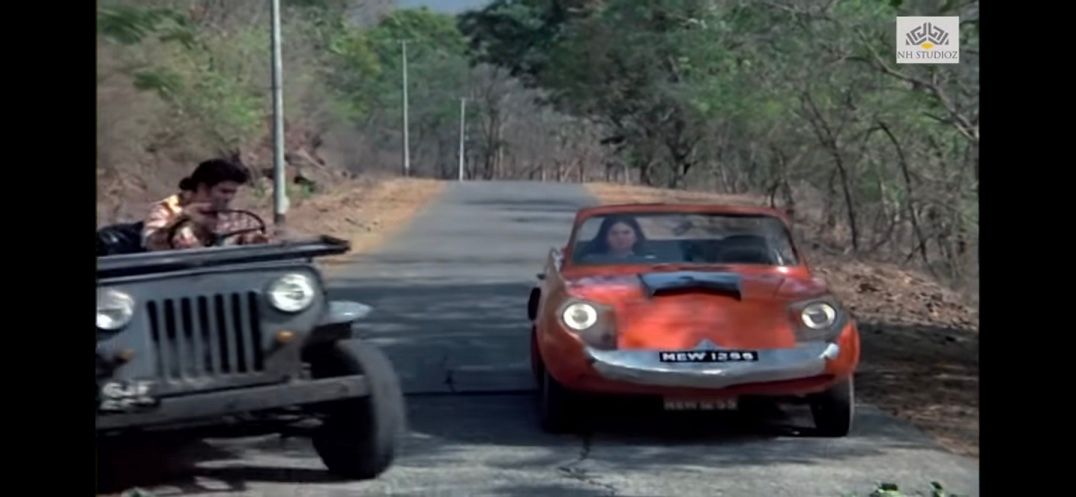
Cursetjee carried over the re-fabricating of car bodies to the Premier Padmini/Fiat 1100 too, reworking the front ends, as well as the rear roofline with flying buttresses, all in fibreglass. Replacing the metal boot, grille, headlamps, tail lamps and bumpers with new fibreglass panels, the looks of the Padminis/Fiat 1100s was updated to a more modern 1970s style. Some ten of these were made by Gave Cursetjee.
It would be interesting to find out whether any of these survive today.
Comments
Sign in or become a deRivaz & Ives member to join the conversation.
Just enter your email below to get a log in link.
